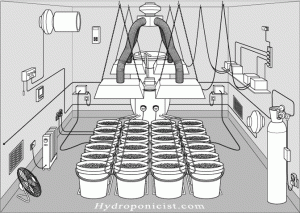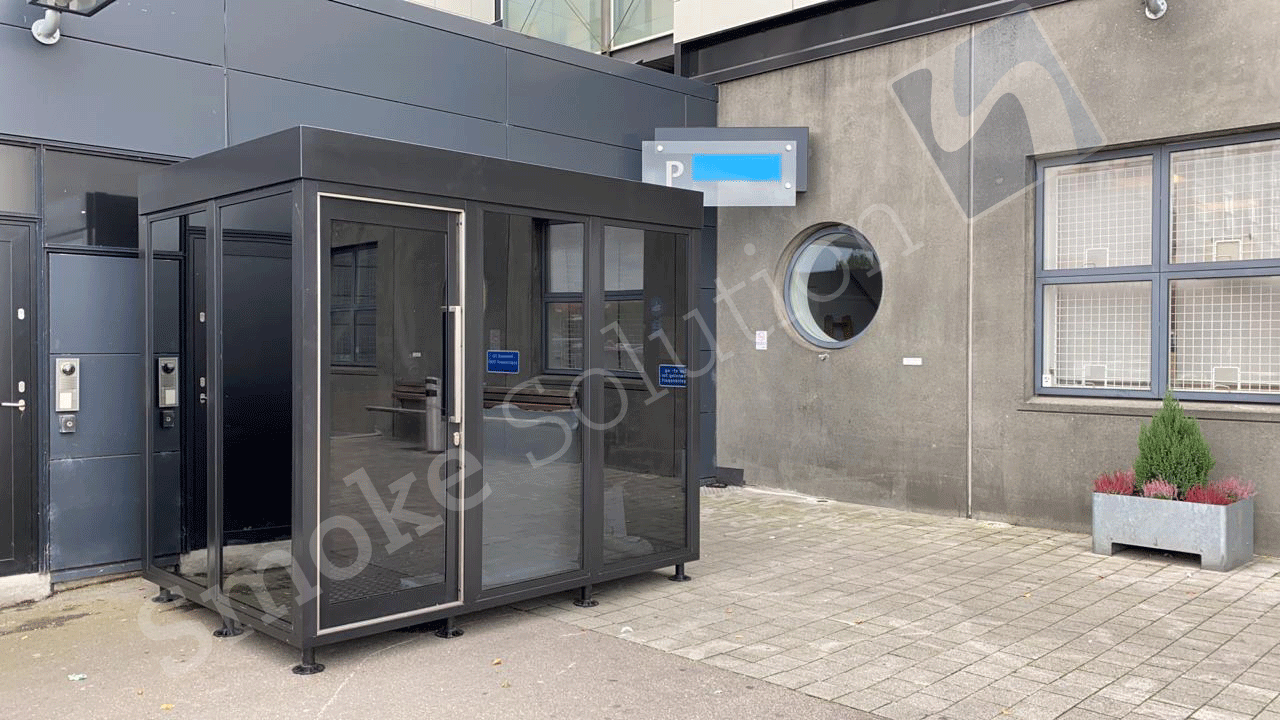
Have your tried water that’s been left overnight, or even for another day? How do you think about the taste?
Treated water’s added chlorine that takes care of microorganisms, but at room temperature they begin to multiply rapidly and can really get the things crazy. But that’s not what makes old water taste stale. For that we can thank carbon dioxide. After about 12 hours tap water starts to go flat as arbon dioxide in the air starts to mix with the water in the glass, lowering its pH and giving it an off taste. But it’s most likely safe to drink.
However, back to those microorganisms. Be careful if you use a dirty glass day after day, since there bacteria is likely to grow by themselves. But if you use a fresh glass every few days, you likely won’t have a problem. Unless the rim of the glass has been touched by dirty fingers.
As for plastic water bottles that has been exposed to the sun or left in the car, step away from the bottle. This’s warned by Dr. Kellogg Schwab, director of the Johns Hopkins University Water Institute, “A chemical called BPA, along with other things used to manufacture plastic can leak into your water if the bottle heats up or sits in the sun,” he explains. BPA is a hormone disruptor that is tentatively linked to everything from heart disease to cancer.
He also adds that plastic used for commercial bottled water isn’t meant to be washed or refilled, so use only one time and recycle. Or way better, don’t buy them at all; use a refillable water bottle instead.

